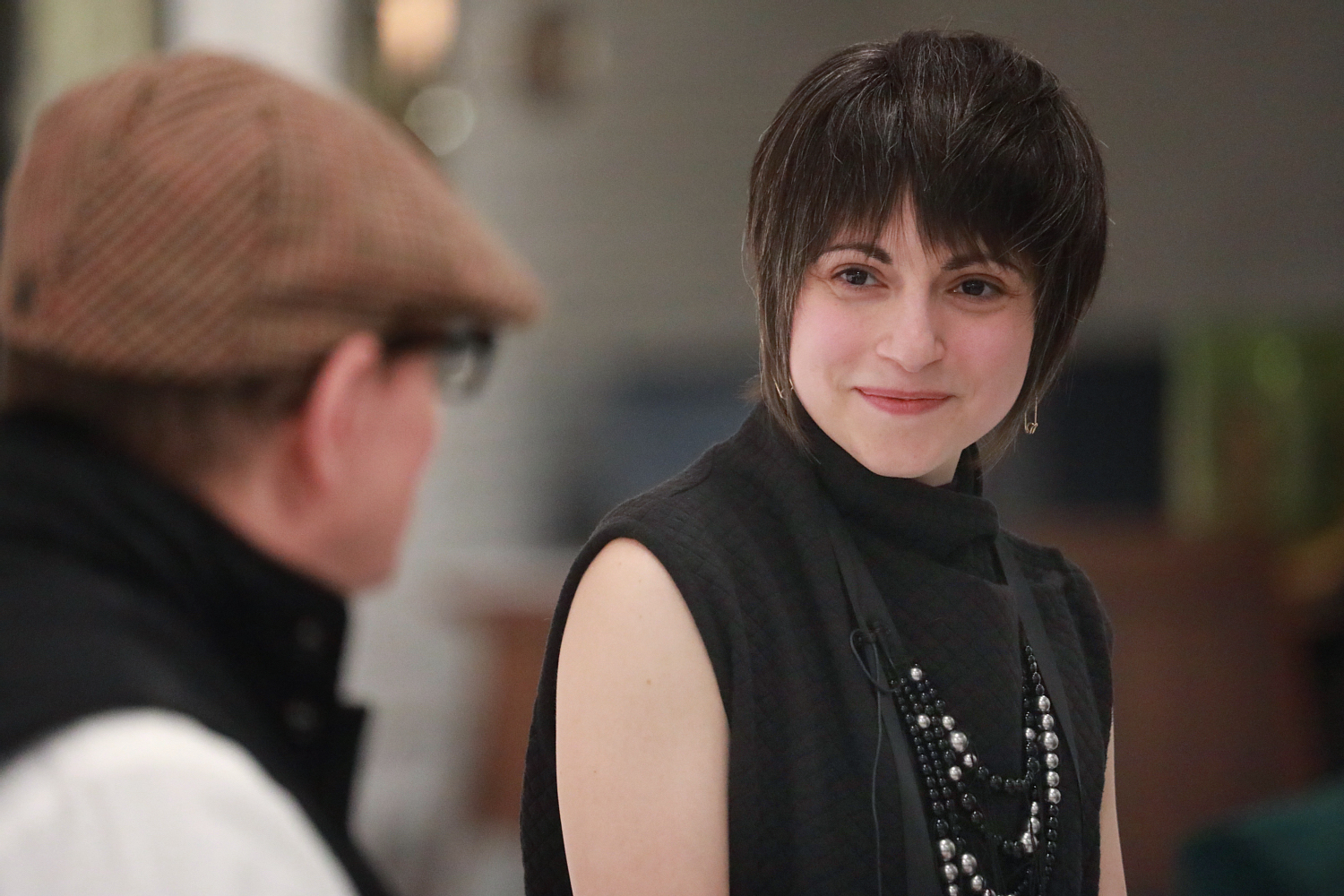Donning elaborately designed and painted costumes and body paint made to either flatten or enhance their dimensionality, participants of the long running “Pageant of the Masters” stem from all walks of life and social backgrounds. Operating within a space of theatrical performance, the Pageant is best known for its famed tableau vivant presentations of art masterpieces, which Rolston began documenting on editorial assignment for The Wall Street Journal in 2015.
Growing familiar with members of the Pageant, he gained privileged access to the performers, spending several weeks photographing them in a makeshift studio set up backstage during the run of the show. In their Pageant costumes and makeup, dressed as figures taken from works by Da Vinci, Fragonard, Frishmuth, Matisse, Rivera, Hockney and many more, these performers posed for their portraits away from the painted sets and stage lighting of the Pageant, drawing attention to their unique human characteristics. Each photograph is activated through a deep sense of intimacy with its subject, utilizing painterly lighting and featuring Rolston’s mastery of color harmonies – all hallmarks of his practice, one that interrogates the nature of the subject and the space of photography to propagate overlapping narratives of both truth and fantasy.
On view in the gallery are more than 20 high-resolution photographic works printed on a monumental scale that blur the lines between painting and photography. Rendered in archival pigments on cotton rag paper and available in small, limited editions, these imposing, exquisite prints include individual portraits, diptychs, and elaborate groupings of participants juxtaposed against images of the Pageant’s makeup templates – which are used to model the performers’ final appearance. Throughout the series each subject willingly yields their own subjectivity to the artifice of the image and the photographic qualities of light, hue and contrast that register the works with a distinct emotional poignancy.
Similar to Cindy Sherman’s dramatic self-portraits, Philip-Lorca diCorcia’s Heads or Richard Avedon’s candid In the American West series, Rolston resists the impulse to elevate the everyday, instead locating human qualities in subjects whose living presence is masked in layers of caked-on makeup, body paint and metallic powder. It is this uncanny valley between the individual and the icon where Rolston identifies the human need for recognition through art in order to connect with the beyond, using photography to examine the boundary between reality and illusion. To quote Ernest Becker, “Man cannot endure his own littleness unless he can translate it into meaningfulness on the largest possible level.” In Rolston’s lens, the impulse demarcating ephemerality and eternity could not be more present.”

